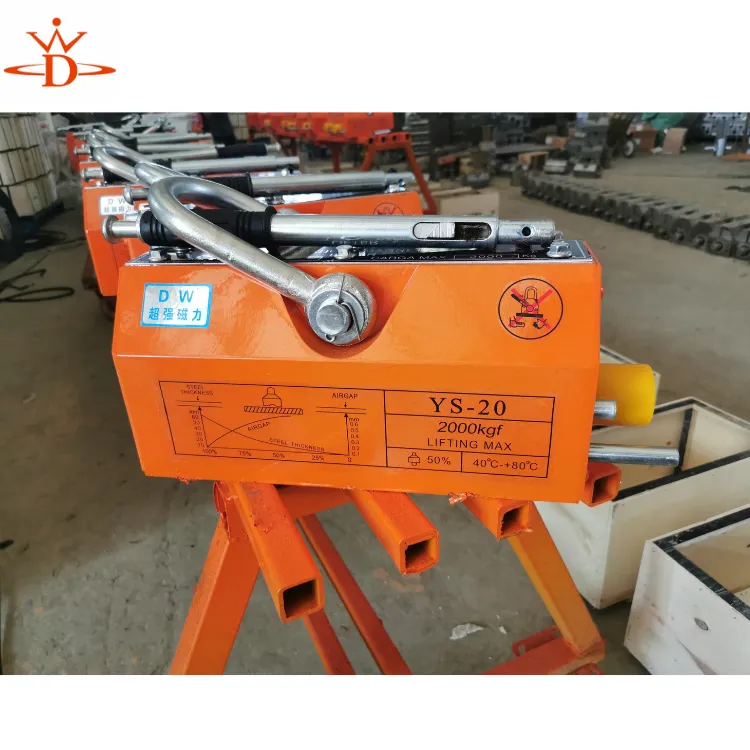lightweight gantry
The Rise of Lightweight Gantries in Modern Construction
In the ever-evolving landscape of construction and infrastructure development, lightweight gantries have emerged as a pivotal innovation. Their design and engineering cater to the demanding needs of contemporary projects, where efficiency, mobility, and cost-effectiveness are paramount. This article delves into the features, benefits, and applications of lightweight gantries, examining why they are becoming an essential component in the construction industry.
Understanding Lightweight Gantries
A gantry, by definition, is a structure that supports equipment or machinery, typically used for lifting and moving loads. Traditionally, gantries have been robust, heavy structures, often made from steel or other substantial materials. However, advancements in material science and engineering have led to the development of lightweight gantries. These structures are typically constructed from materials such as aluminum or high-strength composite materials, allowing for significant weight reduction without compromising strength.
Key Features
1. Reduced Weight As the name suggests, lightweight gantries are designed to be significantly lighter than their traditional counterparts. This reduction in weight translates to lower transportation costs and easier maneuverability at job sites.
2. Portability Most lightweight gantries are designed for easy assembly and disassembly, enhancing their portability. This makes them highly practical for projects that require frequent relocation or where space is at a premium.
3. Versatility Lightweight gantries can be adapted to various applications, from transporting materials on construction sites to facilitating the movement of equipment in warehouses. Their modular design allows for customization, catering to the specific needs of different projects.
Benefits of Lightweight Gantries
lightweight gantry

1. Cost Savings The reduced weight of these gantries leads to savings in terms of transportation, fuel consumption, and even labor costs during setup and takedown phases. Additionally, their lighter construction means that less robust foundations may be required, further driving down costs.
2. Increased Efficiency The quick assembly and disassembly of lightweight gantries contribute to overall project efficiency. They can be set up rapidly, which is particularly beneficial in projects governed by tight timelines.
3. Environmental Impact Lightweight gantries can also play a role in reducing the carbon footprint of construction projects. Their lightweight construction means less material is required, and their portability can reduce travel distances for equipment and personnel.
4. Worker Comfort As construction becomes increasingly focused on worker wellbeing, lightweight gantries provide a safer working environment. Their design minimizes the strain on workers by reducing the need for heavy lifting and providing ergonomic solutions for material movement.
Applications in the Construction Industry
Lightweight gantries are finding applications in various sectors of the construction industry. For instance, in urban construction projects where access is limited, these gantries can enable the safe and efficient movement of materials and equipment without obstructing pedestrian pathways or vehicle traffic.
In industrial settings, lightweight gantries can facilitate the loading and unloading of goods, reduce downtime during material handling, and streamline manufacturing processes. Their adaptability also means they are suitable for railways, shipping yards, and even for private enterprises requiring temporary structures.
Conclusion
As the construction industry continues to innovate, lightweight gantries stand out as a game-changing tool that enhances productivity, safety, and environmental responsibility. Their combination of strength, portability, and cost-efficiency makes them a valuable asset across numerous applications. Whether for large-scale infrastructure projects or smaller, localized construction efforts, lightweight gantries are poised to play an increasingly prominent role in shaping the future of construction. As we look ahead, embracing these advancements will be crucial for delivering projects that meet the challenges of tomorrow's construction environment.
-
Portable 2000 lb Gantry Crane | Heavy-Duty & AdjustableNewsAug.30,2025
-
Versatile Lifting Solutions with Gantry and Overhead CranesNewsAug.29,2025
-
The Versatile Mobile Gantry Crane SolutionNewsAug.29,2025
-
Reliable Movement with Heavy Machinery Skates and RollersNewsAug.29,2025
-
Reliable Lifting Performance with 2000 lb Gantry Crane and 2 Ton Overhead SystemsNewsAug.29,2025
-
Maximize Lifting Efficiency with PML Magnetic LiftersNewsAug.29,2025
-
Efficient Relocation Starts with Reliable Machinery MoversNewsAug.29,2025
